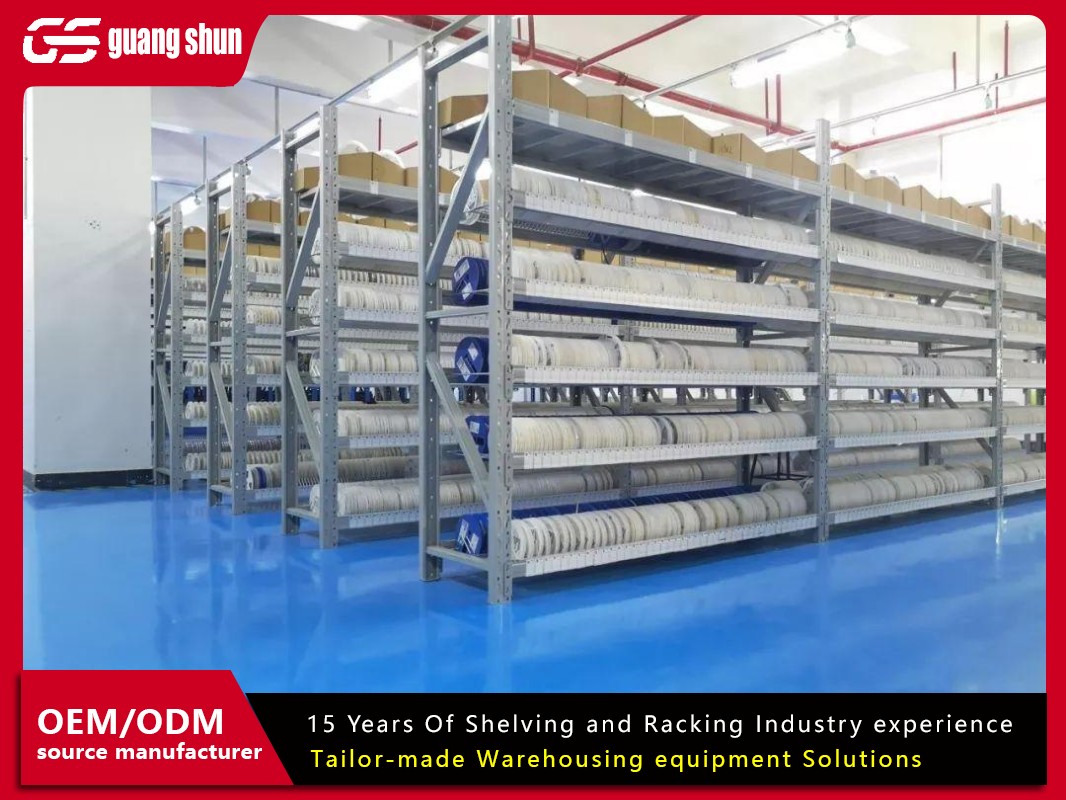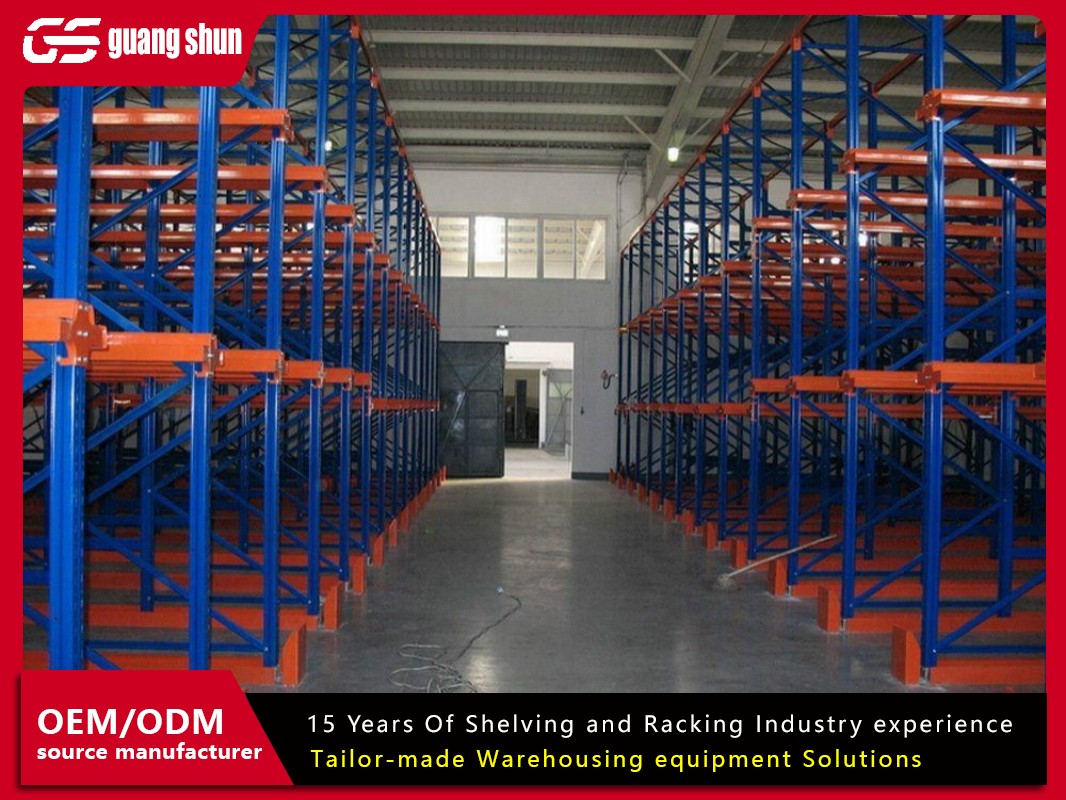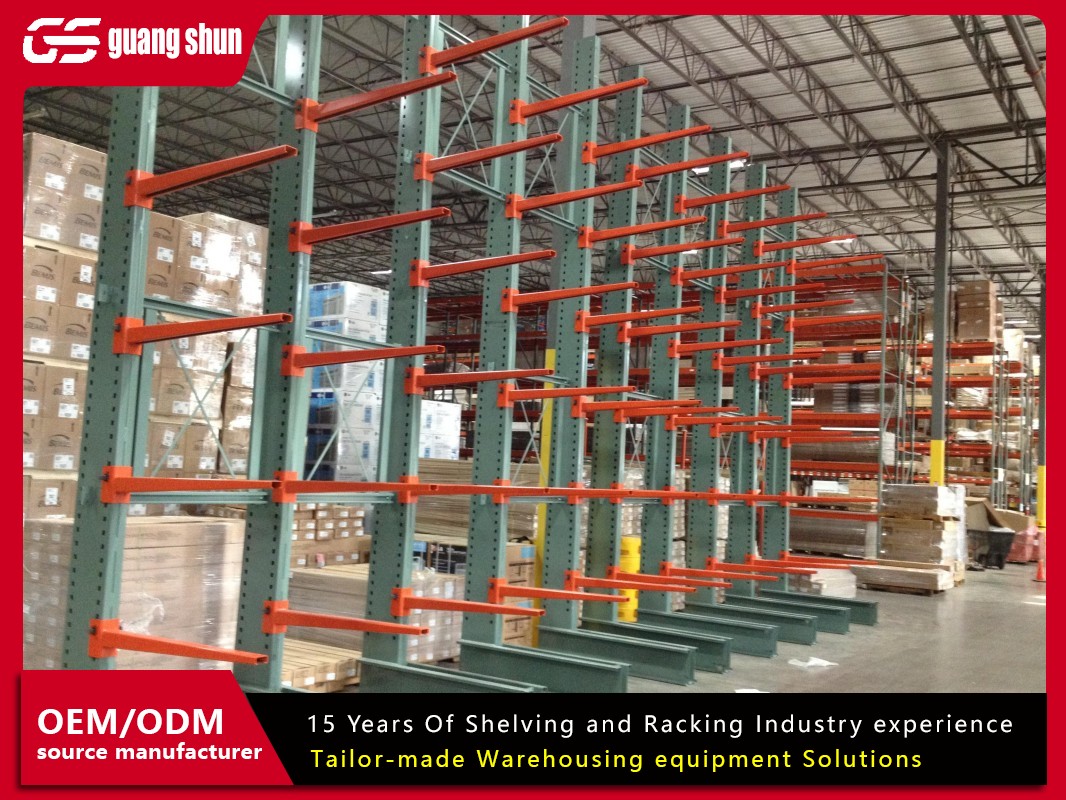The success of your Atlanta logistics operation hinges on one critical decision: your storage system. In a bustling hub where efficiency from the Port of Savannah to Hartsfield-Jackson is paramount, the right warehouse racking Atlanta solution isn't just a luxury—it's a necessity for survival and growth. Choosing incorrectly can lead to wasted space, slower order fulfillment, and even safety hazards. This article breaks down the seven essential aspects you must consider to optimize your storage, enhance safety, and boost your bottom line with the right warehouse racking Atlanta systems.
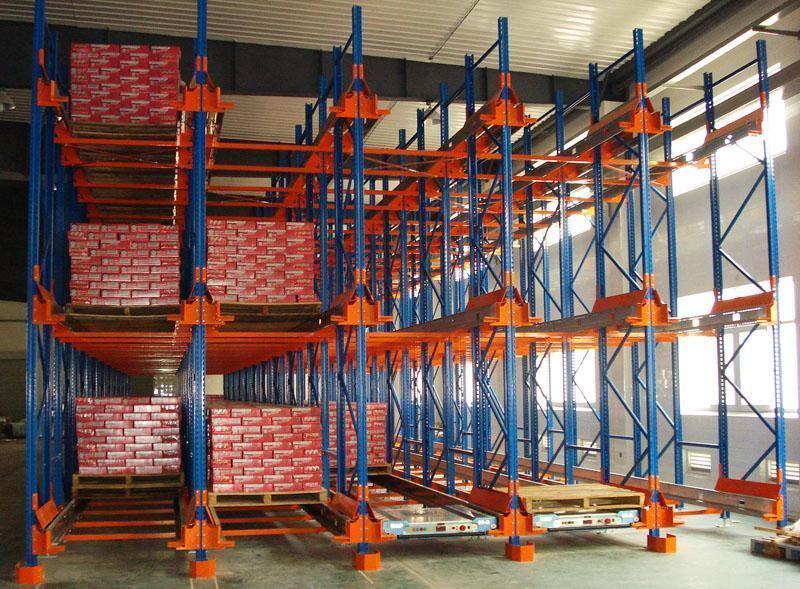
Understanding the Core Types of Warehouse Racking in Atlanta
Not all storage needs are created equal. The diverse industrial landscape of Atlanta, from cold storage in Fulton County to e-commerce fulfillment centers in Gwinnett, demands specific solutions. Understanding the primary types of warehouse racking Atlanta is your first step.
Selective Pallet Racking: This is the most common system you'll see. It offers direct access to every pallet, making it ideal for warehouses with a high SKU count. Its versatility makes it a go-to for many general warehouse racking Atlanta needs.
Drive-In/Drive-Through Racking: Designed for high-density storage of fewer SKUs. Forklifts actually drive into the rack structure to place and retrieve pallets. This is perfect for businesses in Atlanta that need to store large quantities of the same product, such as beverage distributors or seasonal goods importers.
Push Back Racking: A popular compromise between selectivity and density. Pallet loads are stored on nested carts on inclined rails. When a new pallet is placed, it pushes the others back. Retrieval works in reverse, with the next pallet moving forward. This system is excellent for warehouse racking Atlanta applications requiring multiple pallets per SKU with good selectivity.
Pallet Flow Racking: Utilizes dynamic rollers and gravity. Pallets are loaded from the rear and flow forward to the picking face. This is a premier First-In, First-Out (FIFO) system, crucial for perishable goods or products with expiration dates, a key consideration for many Atlanta-based food and pharmaceutical companies.
Cantilever Racking: If you store long, bulky items like lumber, pipes, or furniture, this is your solution. With arms extending from a central column, it provides unobstructed access for handling awkwardly shaped inventory.
Key Factors for Choosing Your Atlanta Racking System
Walking into a purchase without a plan is a recipe for wasted investment. Before you contact a supplier, you need to audit your own operation. The ideal warehouse racking Atlanta system is dictated by your specific data and processes.
Inventory Analysis: What are your SKU dimensions and weights? How many pallets do you have of each SKU? What is your inventory turnover rate (fast vs. slow movers)? Accurate data here is non-negotiable.
Facility Constraints: You must measure your warehouse's clear ceiling height, column placements, and floor condition. Maximizing cube space is a primary goal of modern warehouse racking Atlanta projects, and ignoring these physical constraints can derail a project.
Forklift Equipment: Your existing material handling equipment dictates the racking design. The clearances required for a counterbalance forklift are very different from those of a narrow-aisle reach truck. The choice of racking can also dictate the need for new, more efficient equipment.
Throughput Requirements: How quickly do you need to move goods in and out? A high-throughput e-commerce operation will prioritize speed of access, potentially favoring selective racking, while a bulk storage operation may prioritize density above all else.
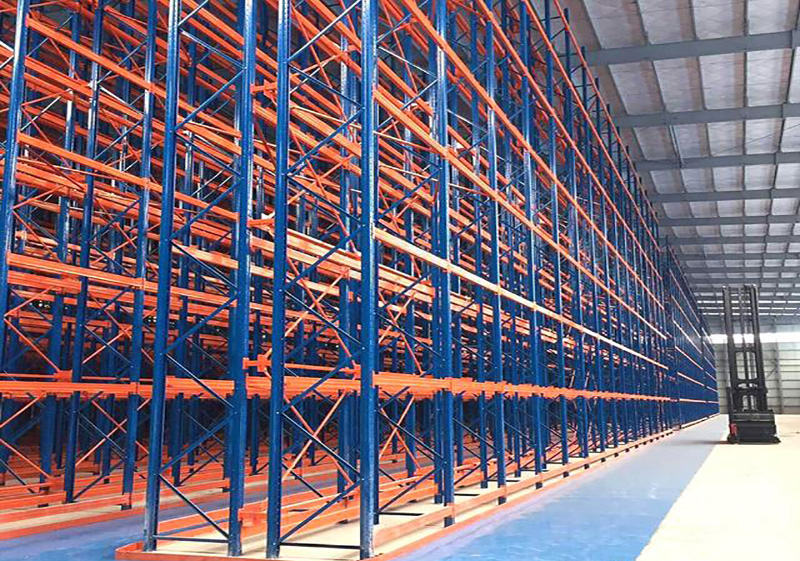
The Process: From Design to Installation in an Atlanta Warehouse
Implementing a new racking system is a multi-stage project, not a simple purchase. A professional warehouse racking Atlanta provider will guide you through this seamless process.
Consultation and Site Survey: A reputable company will visit your facility to understand your workflow, challenges, and goals. They will take precise measurements and discuss your future growth plans.
Engineering and Design: Using advanced CAD software, engineers will create a detailed layout of your proposed warehouse racking Atlanta system. This plan will optimize space, ensure compliance with safety codes, and calculate load capacities.
Permitting and Approval: In many jurisdictions, including various counties in the Atlanta metro area, significant racking installations may require a building permit. Your provider should manage this process, submitting the engineered drawings to the local authorities.
Installation: A certified and insured professional team will install the system. Proper installation is critical for both the safety and structural integrity of the racking. Attempting a DIY installation is highly discouraged due to the significant risks involved.
Inspection and Training: Once installed, a final inspection ensures everything is built to plan. The provider should also offer basic training for your staff on the safe use of the new system.
Finding a Reliable Warehouse Racking Supplier in Atlanta
The quality of your warehouse racking Atlanta system is only as good as the company behind it. The Atlanta market has numerous suppliers, so due diligence is key.
Look for Experience and Specialization: How long have they been in business? Do they have experience with your specific industry (e.g., cold storage, automotive, e-commerce)?
Verify Engineering Capabilities: Ensure they have in-house or partnered professional engineers (PE) who seal the drawings. This is a major marker of a serious supplier.
Check Safety Records and Certifications: Ask about their safety protocols during installation. Do they use certified installers? Are their products compliant with Rack Manufacturer’s Institute (RMI) standards?
Review their Service Portfolio: The best partners offer end-to-end services: design, installation, maintenance, and repair. This provides a single point of accountability for your warehouse racking Atlanta needs.
Ask for References and Case Studies: A confident supplier will gladly provide examples of successful projects for other local businesses.
Common Challenges and Problems with Warehouse Racking in Atlanta
Even with the best plans, issues can arise. Being aware of these common problems can help you avoid them.
Poor Space Utilization: A frequent mistake is failing to maximize vertical space. Many Atlanta warehouses have high ceilings, and not using that "air space" is like paying for a larger building than you need.
Ignoring Future Growth: Your racking system should be scalable. A rigid design that can't adapt to your business's growth will become obsolete quickly, leading to another costly installation down the line.
Incorrect Load Capacity Calculations: Overloading racks is a severe safety hazard that can lead to catastrophic collapse. This often stems from miscalculating the true weight of inventory or using non-engineered components.
Damage and Lack of Maintenance: Forklift impacts are inevitable, but unaddressed damage compromises the rack's structural integrity. A proactive inspection and maintenance program is crucial for any warehouse racking Atlanta system.
Non-Compliant Installations: Using a system that doesn't meet local building codes or OSHA guidelines can result in fines, work stoppages, and invalidated insurance claims.
Cost Considerations and ROI of Your Racking System
The cost of warehouse racking Atlanta systems varies widely based on type, size, and complexity. However, it's vital to view this as a capital investment, not just an expense.
Upfront Costs: This includes the racking materials, engineering fees, installation labor, and any required permits.
Operational Savings: A well-designed system pays for itself through increased storage capacity (delaying the need for a larger facility), improved labor productivity (faster picking and putting), and reduced product damage.
Total Cost of Ownership: Consider long-term costs like maintenance, repairs, and potential reconfiguration. A slightly more expensive, higher-quality system from a reputable warehouse racking Atlanta supplier often has a lower total cost of ownership than a cheap, inferior product.
ROI Calculation: Calculate your return by comparing the cost of the new system against the savings from increased efficiency and the value of the new storage space you've created.
Safety and Maintenance: Protecting Your Atlanta Investment
Safety is the highest priority. A failure here can lead to injury, death, and massive financial loss.
Regular Inspections: Implement a formal inspection program. Employees should do daily visual checks, while a professional inspection should be conducted annually.
Immediate Repair of Damage: Any bent, cracked, or damaged component must be repaired or replaced immediately by a qualified professional. Do not delay.
Proper Use and Training: Ensure all employees are trained on safe loading practices, including never exceeding load capacities and evenly distributing weight on pallets.
Use of Safety Accessories: Column guards, rack guards, post protectors, and wire mesh decking are inexpensive accessories that can prevent costly damage and enhance overall safety for your warehouse racking Atlanta system.
Frequently Asked Questions About Warehouse Racking in Atlanta
Q1: Do I need a permit to install warehouse racking in my Atlanta facility?
A: It depends on the height and design of the system, as well as your local county's building codes. Most structural racking systems over a certain height will require a permit. A professional warehouse racking Atlanta supplier will handle this process for you, submitting the engineered drawings to the local building department.
Q2: How long does it typically take to install a new racking system?
A: The timeline varies significantly based on the project's scale. A small selective racking system might be installed in a few days, while a large, complex, high-density system for a major distribution center could take several weeks. Your provider should give you a detailed project timeline.
Q3: Can I add onto or reconfigure my existing racking system?
A: In most cases, yes. Selective racking is particularly modular and easy to reconfigure. However, it's critical to have the modifications engineered and approved to ensure the system's integrity and safety. Never mix components from different manufacturers without professional consultation.
Q4: What is the lifetime of a typical warehouse racking system?
A: With proper use, maintenance, and no major damage, a high-quality steel racking system can last 20-30 years or more. Its useful life is often determined by changing business needs rather than structural failure.
Q5: What should I do if my racking is hit by a forklift?
A: Immediately cordon off the area to prevent use. Visually assess the damage and contact your racking supplier or a qualified professional for a thorough inspection and repair. Do not allow the damaged section to be used until it has been certified as safe by an expert.



